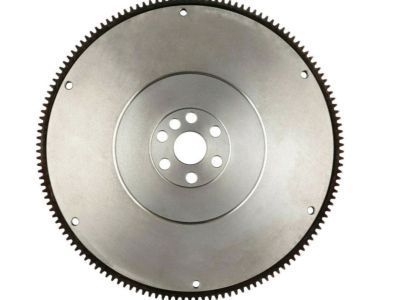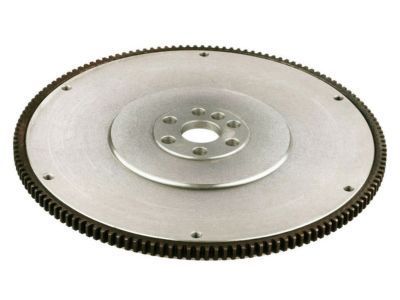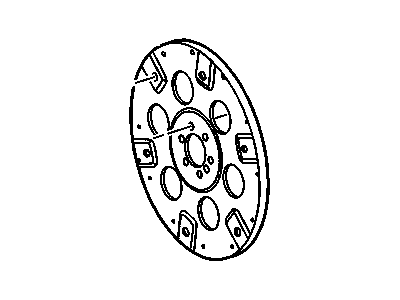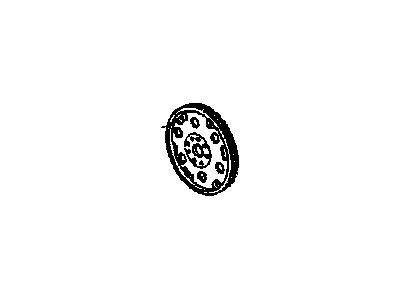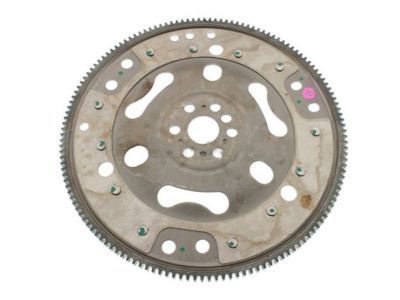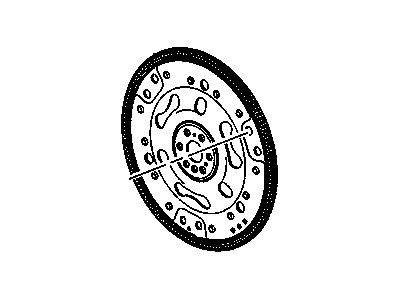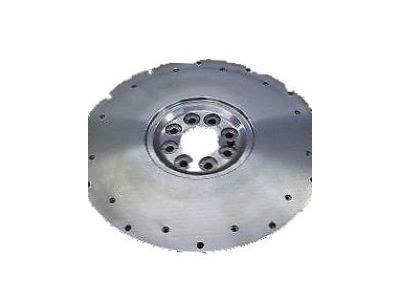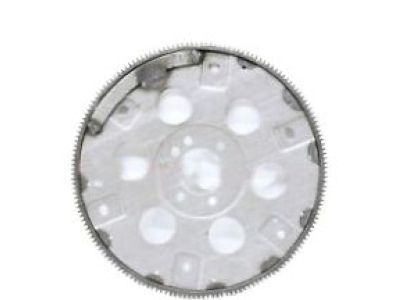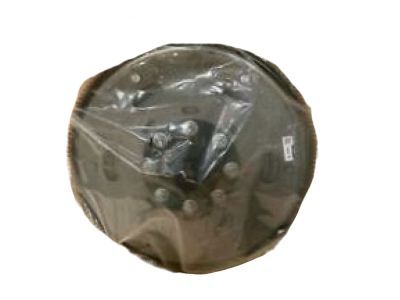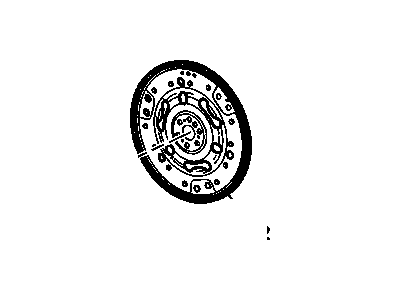
My Garage
My Account
Cart
Genuine Pontiac Grand Prix Flywheel
Clutch Flywheel- Select Vehicle by Model
- Select Vehicle by VIN
Select Vehicle by Model
orMake
Model
Year
Select Vehicle by VIN
For the most accurate results, select vehicle by your VIN (Vehicle Identification Number).
11 Flywheels found
Pontiac Grand Prix Engine Crankshaft FLYWHEEL
Part Number: 10118669$287.17 MSRP: $428.19You Save: $141.02 (33%)Ships in 1-2 Business DaysPontiac Grand Prix Engine Crankshaft FLYWHEEL
Part Number: 14088765$131.73 MSRP: $210.09You Save: $78.36 (38%)Ships in 1-2 Business DaysPontiac Grand Prix Engine Crankshaft FLYWHEEL
Part Number: 24575970$84.70 MSRP: $170.81You Save: $86.11 (51%)Pontiac Grand Prix Engine Crankshaft FLYWHEEL
Part Number: 471529$140.65 MSRP: $166.69You Save: $26.04 (16%)Ships in 1-2 Business DaysPontiac Grand Prix Flywheel Assembly
Part Number: 12579453$104.31 MSRP: $164.11You Save: $59.80 (37%)Pontiac Grand Prix Engine Crankshaft FLYWHEEL
Part Number: 12609155$52.23 MSRP: $82.19You Save: $29.96 (37%)
Pontiac Grand Prix Flywheel
Each OEM Pontiac Grand Prix Flywheel we offer is competitively priced and comes with the assurance of the manufacturer's warranty for the part. Furthermore, we guarantee the speedy delivery of your orders right to your doorstep. Our hassle-free return policy is also in place for your peace of mind.
Pontiac Grand Prix Flywheel Parts Questions & Experts Answers
- Q: How to properly remove and reinstall a flywheel or driveplate in 2.2L four cylinder engine on Pontiac Grand Prix?A:Raise the vehicle and support it securely on jackstands, then remove the transaxle. If it's leaking, now would be a very good time to replace the front pump seal O-ring for automatic transaxles. Remove the pressure plate and clutch disc for manual transaxle equipped vehicles, and check or replace the clutch components and pilot bearing. If there is no dowel pin, make some marks on the flywheel/driveplate and crankshaft to ensure correct alignment during reinstallation, as most flywheels and driveplates have locating dowels. Remove the bolts that secure the flywheel/driveplate to the crankshaft, using a large screwdriver wedged in the starter ring gear teeth or one of the holes in the driveplate to prevent it from turning. If the crankshaft turns, wedge a screwdriver through the openings in the driveplate for automatic transaxles or against the flywheel ring gear teeth for manual transaxles. Support the flywheel while removing the last bolt, then take it off the crankshaft. Clean the flywheel to remove grease and oil, inspecting the friction surface for cracks, rivet grooves, burned areas, and score marks, with light scoring removable using emery cloth. Check for cracked and broken ring gear teeth, laying the flywheel on a flat surface to check for warpage with a straightedge. Clean and inspect the mating surfaces of the flywheel/driveplate and the crankshaft, replacing the crankshaft rear seal if it is leaking before reinstalling the flywheel/driveplate. Position the flywheel/driveplate against the crankshaft, aligning the dowel or marks made during removal, and apply thread locking compound to the bolt threads before installation. Keep the flywheel/driveplate from turning while tightening the bolts to the specified torque, and complete the installation by reversing the removal procedure.
Related Pontiac Grand Prix Parts
Browse by Year
2008 Flywheel 2007 Flywheel 2006 Flywheel 2005 Flywheel 2004 Flywheel 2003 Flywheel 2002 Flywheel 2001 Flywheel 2000 Flywheel 1999 Flywheel 1998 Flywheel 1997 Flywheel 1996 Flywheel 1995 Flywheel 1994 Flywheel 1993 Flywheel 1992 Flywheel 1991 Flywheel 1990 Flywheel 1989 Flywheel 1988 Flywheel 1987 Flywheel 1986 Flywheel 1985 Flywheel 1984 Flywheel 1983 Flywheel 1982 Flywheel
